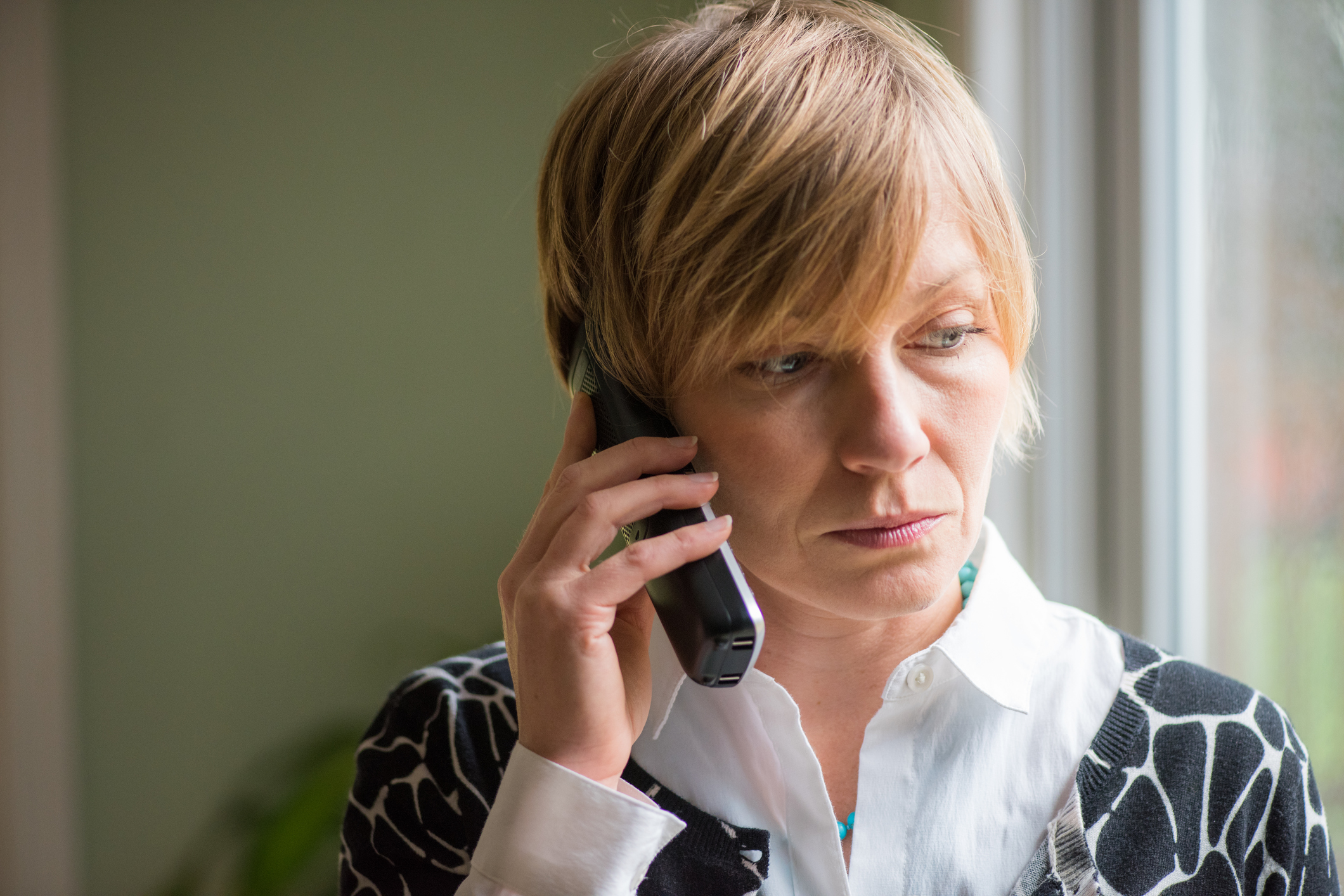Mediastinoscopy
A mediastinoscopy is a test that examines the area in the middle of your chest that holds important structures, such as your heart.
What is a mediastinoscopy?
The mediastinum is the area in the middle of your chest containing your heart, large blood vessels, your trachea (wind pipe) and oesophagus (food pipe).
A mediastinoscopy allows your surgeon to examine the area and the lymph nodes found there.
Before the test
You will have to fast (not eat or drink) for a few hours before the general anaesthetic. You may also need to stop taking certain medications. The hospital team will tell you exactly what to do.
During the test
You will have a general anaesthetic so you will be asleep for the test.
Your surgeon will first make a small cut at the base of your neck, just above your breastbone. Then a thin flexible tube is put in. The tube has a light and a camera so the surgeon can look for any abnormal areas. Samples (biopsies) of tissue can also be taken.
The cut will be closed up with stitches or paper strips.
The test usually takes about an hour.
Does it hurt?
You will be asleep during the test so you won’t feel anything. Afterwards, you may have some pain in the chest area or your throat. If you have pain, let your team know and they may be able to prescribe you some medication.
After the test
You will stay in hospital until you have recovered from the anaesthetic. You may have a chest X-ray after your mediastinoscopy.
Any samples taken will be sent to a laboratory to be examined. You will need someone to drive you home after the test. Your medical team will advise you on what type of pain relief to take at home if you have any discomfort after the test. You may need to stay overnight in hospital.
Are there any risks/side-effects?
Possible risks include bleeding, infection, hoarse voice and collapsed lung.
Ask your doctor about possible risks. They will also tell you about any side-effects to watch out for and what to do if you have them.
Related links



Talk to a Cancer Nurse

Support Line
Our Daffodil Centres

